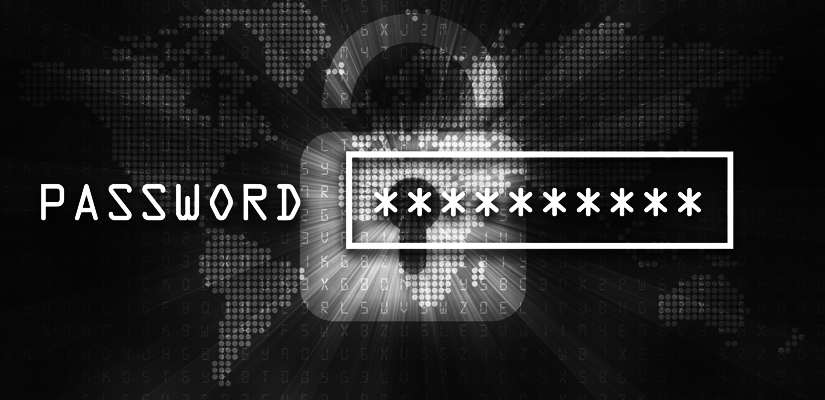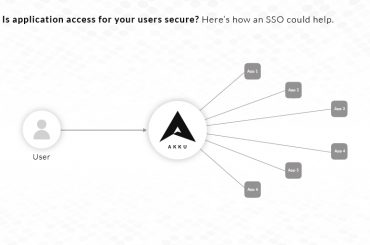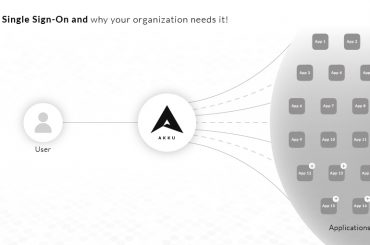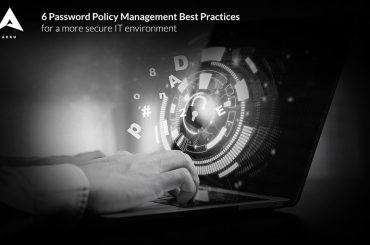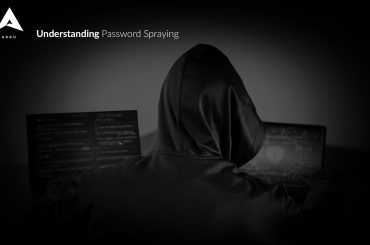Most people use a Password Manager to save their account passwords. A password manager is an app or device which serves as a single collection point for all of a user’s account credentials. LastPass and Dashlane are two well-known password managers in the market. The usage of a password manager presents a security risk in case of a data breach. In fact, as per the Independent, the password manager LastPass was hacked and a data breach did occur, compromising user credentials.
Another high-risk method that many users follow is to save their passwords in their browsers, and use auto-fill for convenience.
In today’s world, data breaches are the highest level of threat – don’t forget, all your data is being protected by your passwords! No security initiative can come with 100% convenience – but it is important to understand and prioritize security.
This is even more important for enterprises, where the tools they are providing their users to manage their passwords are eventually protecting the company’s data.
There are enterprise IAM tools available in the market which help enterprises to provide a secure single sign-on (SSO) and other access control lists such as IP- and device restrictions, time and location restrictions, and multi-factor authentication. These functionalities help end users as well as administrators to protect company data with additional layers of protection.
Delving deeper into MFA as a means to improve password security, the trend today is that many leading SaaS providers have started deprecating SMS as the medium to send the OTP, since this is an old-school method and comes with dependencies in order to serve its purpose. The modern and more convenient way to run an MFA is using TOTP and push notification.
Implementing a single sign-on (SSO) with an MFA is a powerful way to boost the security of your passwords while ensuring a minimal compromise on the convenience front. And of course, type your password each time instead of saving it in your browser or a password manager to minimize the security risk.

